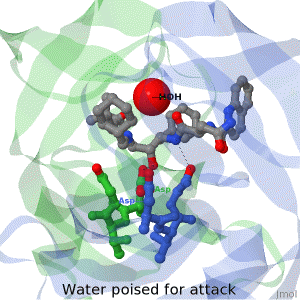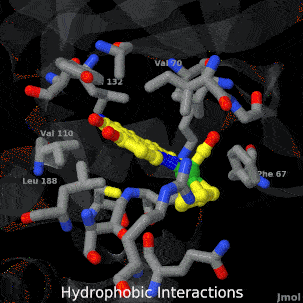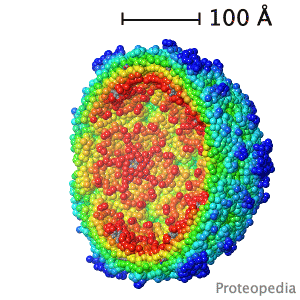|
ISSN 2310-6301
As life is more than 2D, Proteopedia helps to bridge the gap between 3D structure & function of biomacromolecules
Proteopedia presents this information in a user-friendly way as a collaborative & free 3D-encyclopedia of proteins & other biomolecules.
|
| Selected Research Pages |
In Journals |
Education |
|
How to add content to Proteopedia
Video Guides
Who knows ...
|
About Interactive 3D Complements - I3DCs
List of I3DCs
How to get an I3DC for your paper
|
Teaching strategies using Proteopedia
Examples of pages for teaching
How to add content to Proteopedia
|
|
|
|
|
|




